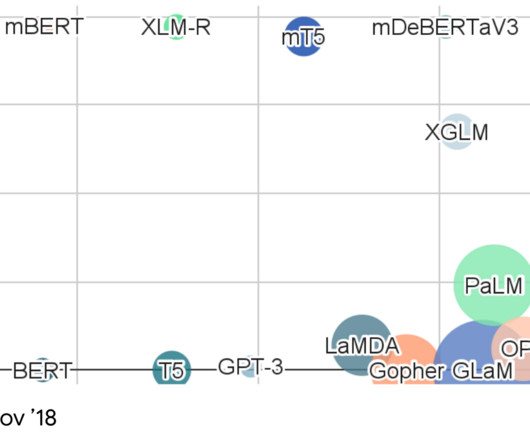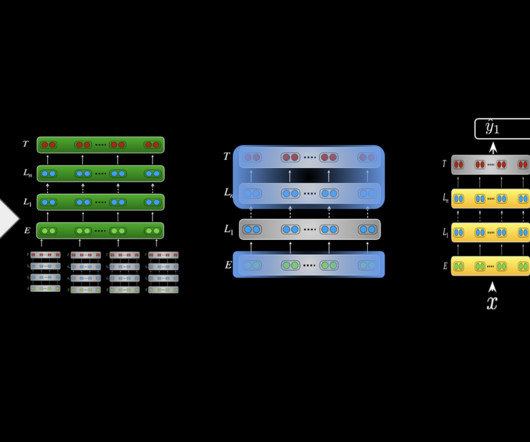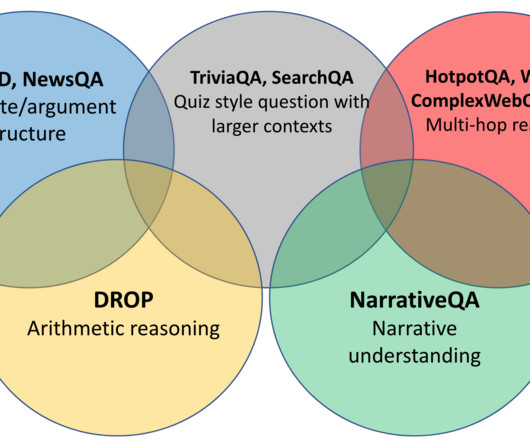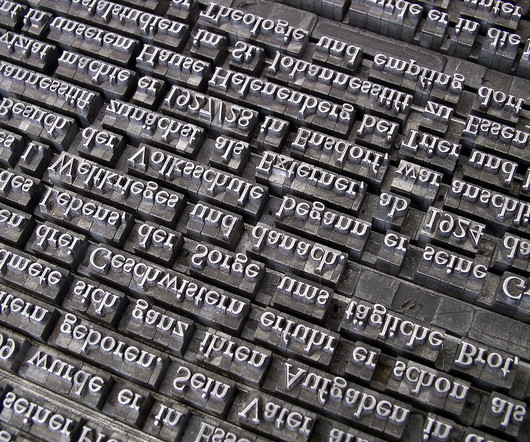The Seven Trends in Machine Translation for 2019
NLP People
JANUARY 2, 2019
Hundreds of researchers, students, recruiters, and business professionals came to Brussels this November to learn about recent advances, and share their own findings, in computational linguistics and Natural Language Processing (NLP). So, what’s new in the world of machine translation and what can we expect in 2019?















Let's personalize your content